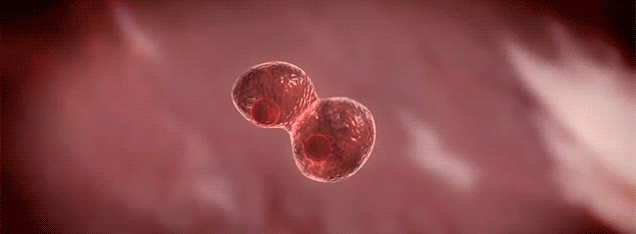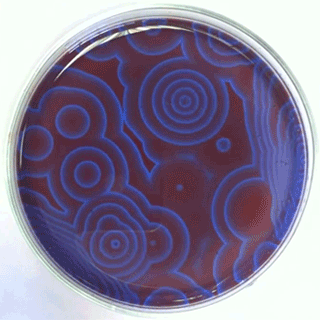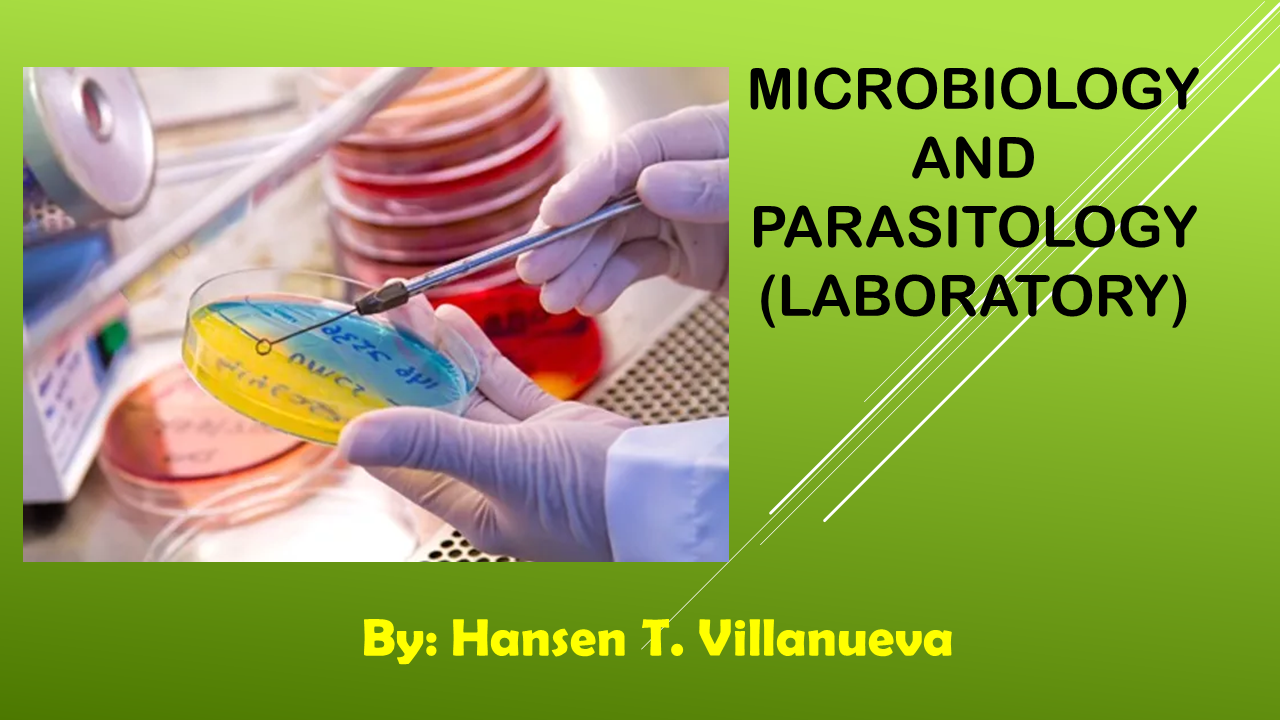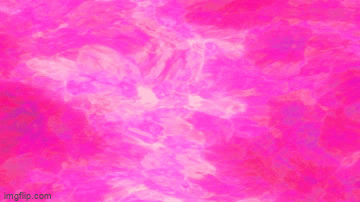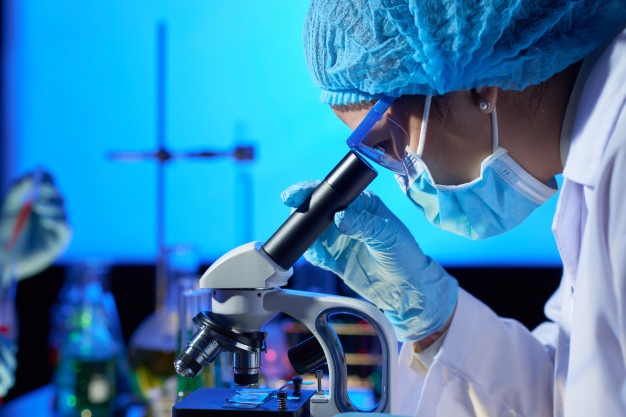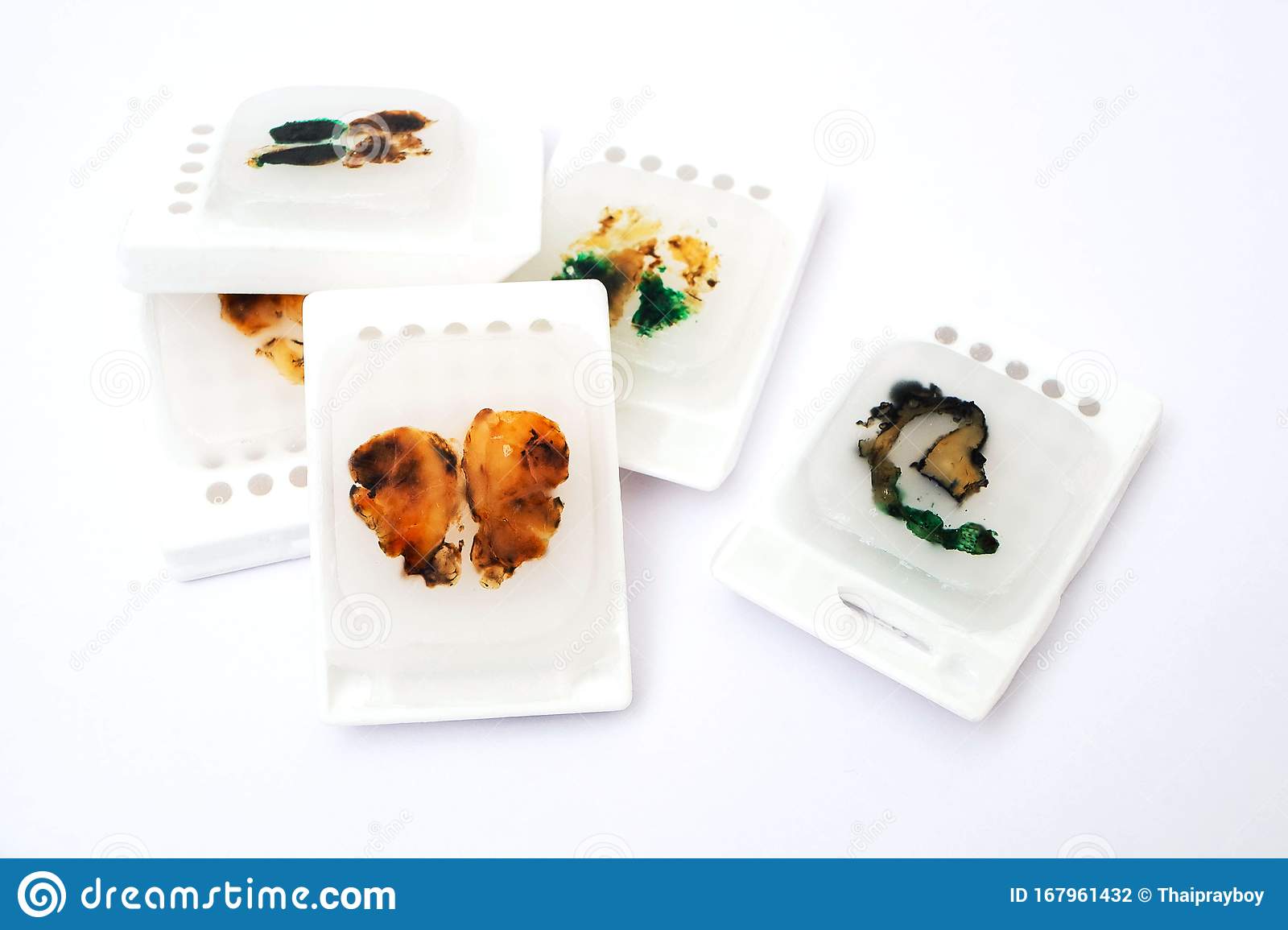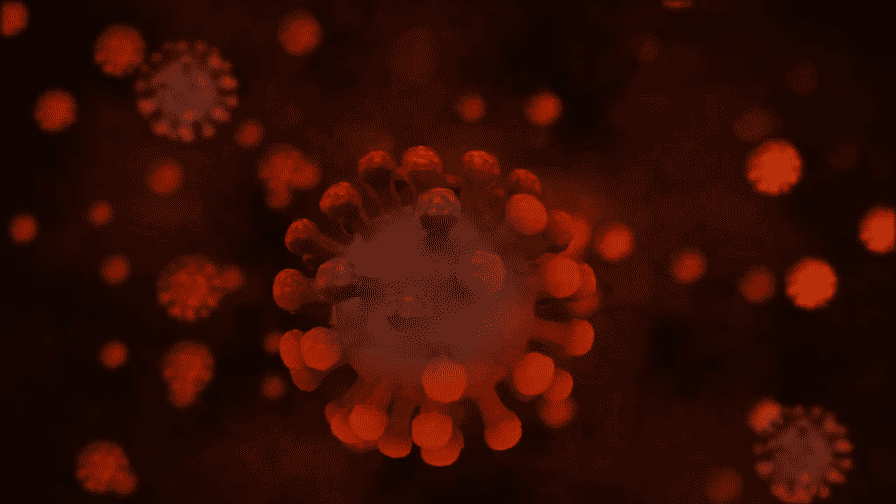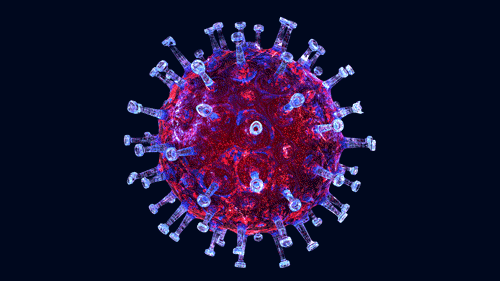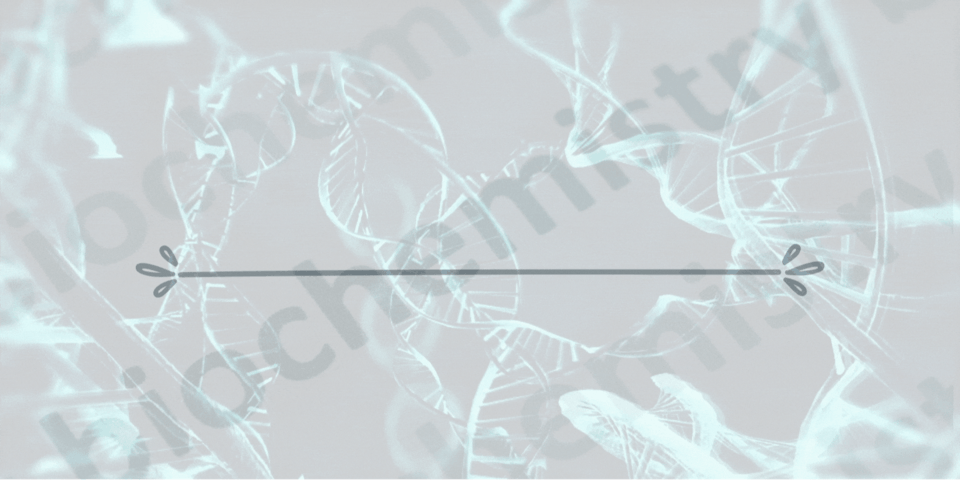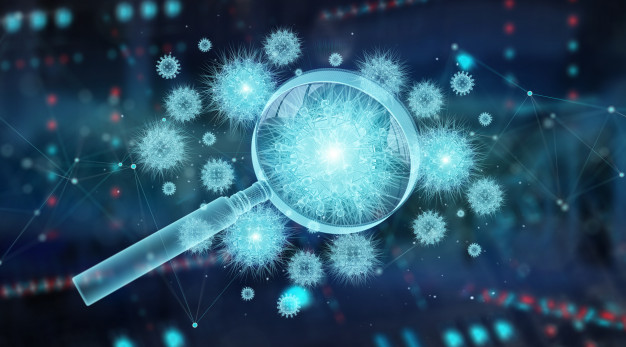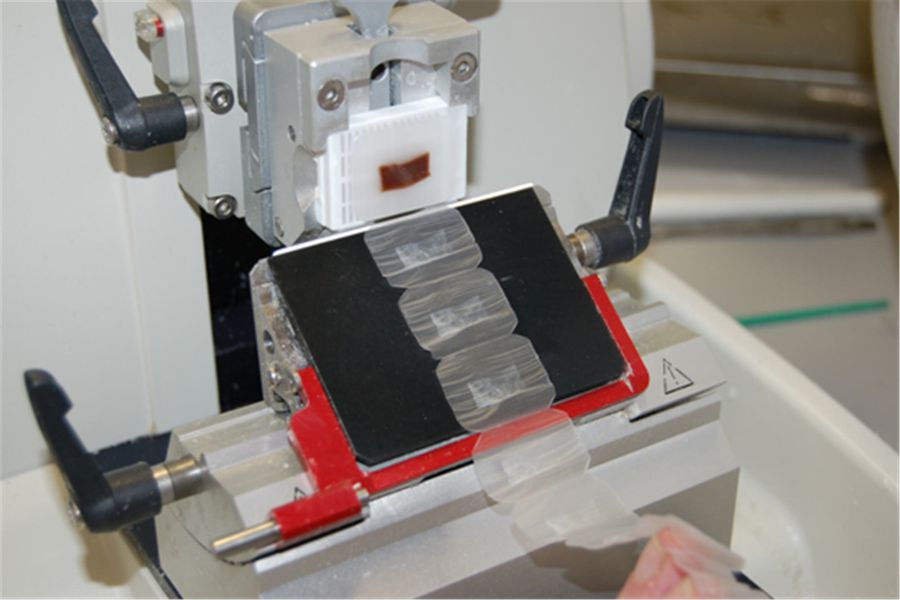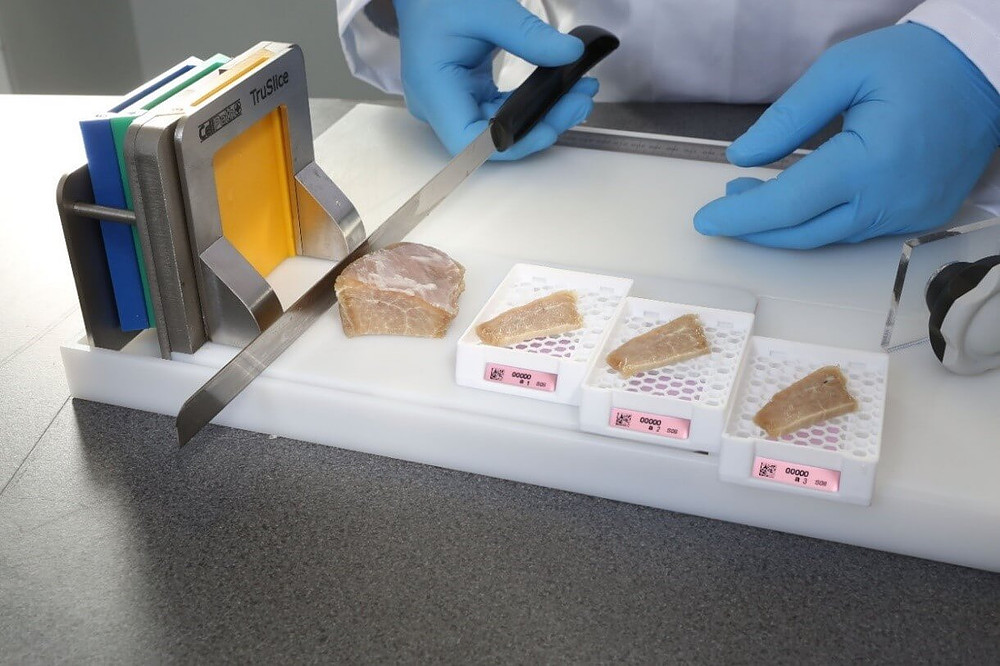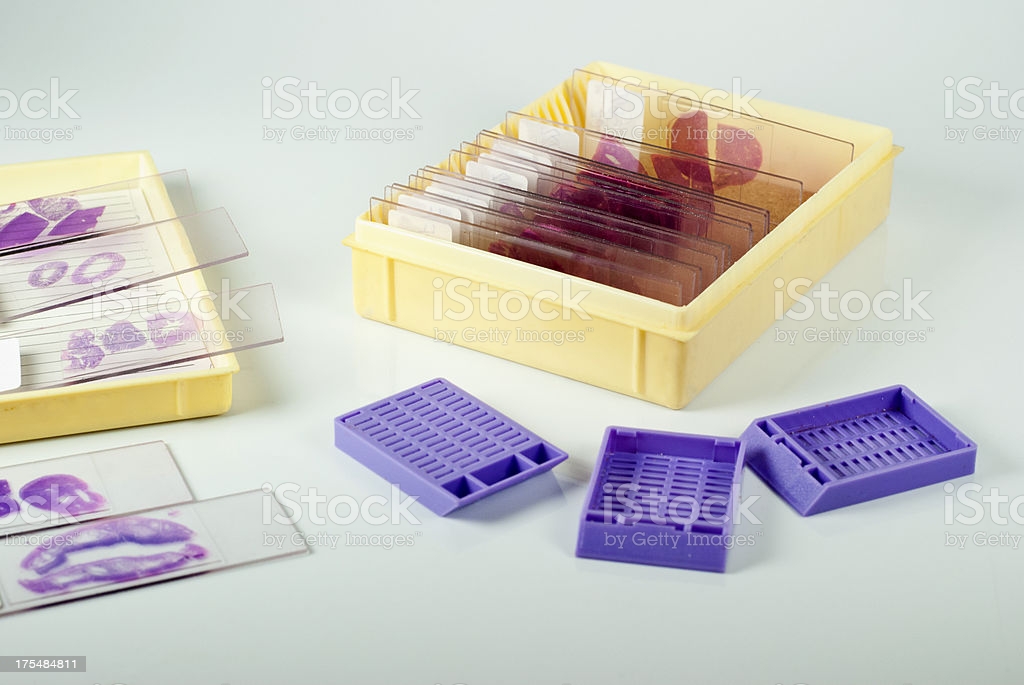Search results: 3380
The course deals with the study of basic disease processes, correlating the etiology of disease with the course of the development of anatomic and clinical changes brought about by the disease. It includes the study of the histologic techniques essential in the production of histologic slides for the diagnosis of diseases including special staining procedures. It also deals with the study and identification of cells in the diagnosis of diseases using cytologic techniques.
- Teacher: MARIA SHIELA RAMOS
- Enrolled students: 44
PATH FIT 1 offered to college students provides knowledge on health and fitness activities. Part 1 presents legal bases that discusses why it is part of the curriculum. It also introduces the concept of Physical Education and of fitness and its relevance to wellness development and culminates with fitness testing. Part II deals with movement enhancement that involves the understanding of scientific basic movement and specific movement patterns. Health education and importance of nutrition are also included. Part III consists of Exercises Program that starts from warm-up exercises to cool-down exercises. Part IV deals with Aerobic exercise activities. These activities exert low to high intensity of movement exercises accompanied with music which test student’s endurance, power, and flexibility in all action. With these variety of skills, one will be more knowledgeable as to how continued fitness be achieved throughout one’s lifetime
At the end of the course, the students should be able to:
1. examine their physical fitness and recognize the importance of a healthy living.
2. practice desirable & necessary traits/values for adjustment to happy living & to life in general
3. perform physical activities that will challenge the individual in the performance of movement skills
4. apply learning relative to health education through personal care, hygiene, and nutrition
5. learn some movement exercises that are relevant to wellness development.
6. maintain normal functioning of the organic system of the body and develop muscular strength and coordination
- Teacher: SHERWIN MARCIANO
- Teacher: Judy Ann Pocquias
- Enrolled students: 52
The course which deals with the study of the morphology and physiology of bacteria and their role in infection and immunity. Emphasis is made on their isolation, identification, and susceptibility testing as an aid in laboratory diagnosis.
- Teacher: KYLA GAIL DAGAN
- Teacher: MARIA SHIELA RAMOS
- Enrolled students: 29
At the end of the course, the students should be able to:
1. examine their physical fitness and recognize the importance of a healthy living.
2. practice desirable & necessary traits/values for adjustment to happy living & to life in general
3. perform physical activities that will challenge the individual in the performance of movement skills
4. apply learning relative to health education through personal care, hygiene, and nutrition
5. learn some movement exercises that are relevant to wellness development.
6. maintain normal functioning of the organic system of the body and develop muscular strength and coordination
- Teacher: SHERWIN MARCIANO
- Teacher: Judy Ann Pocquias
- Enrolled students: 48
The main difference between microbiology and parasitology is that microbiology is the study of all microscopic organisms whereas parasitology is the study of parasites.
- Teacher: Hansen Villanueva
- Enrolled students: 49
- Teacher: Hansen Villanueva
- Enrolled students: 23
- Teacher: Hansen Villanueva
- Enrolled students: 50
The course deals with interactions between science and technology and social, cultural, political, and economic contexts that shape and are shaped by them. (CMO No. 20, series of 2013)
This interdisciplinary course engages students to confront the realities brought about by science and technology in society. Such realities pervade the personal, the public, and the global aspects of our living and are integral to human development. Scientific knowledge and technological development happen in the context of society with all its socio-political, cultural, economic, and philosophical underpinnings at play. This course seeks to instill reflective knowledge in the students that they are able to live the good life and display ethical decision making in the face of scientific and technological advancement.
This course includes mandatory topics on climate change and environmental awareness.- Teacher: Shiellah Mae Barsicula
- Enrolled students: 41
- Teacher: RHODORA UY
- Enrolled students: 50
- Teacher: RHODORA UY
- Enrolled students: 30
Course Description:
This course is designed to assist students in the study of important microorganisms and parasites. It explains the physiologic and pathogenic properties of bacteria, fungi, and viruses as an introduction to disease causation, their biology, the infections they cause, host responses to these infections and their mode of transmission, prevention, treatment and nursing responsibilities.
The laboratory experience provides specimen collection, handling and processing of specimens for isolation and identification of microorganisms and parasites involved in the infectious processes.
- Teacher: Czerilou Marie Quibuyen
- Enrolled students: 23
This course is designed to assist students in the study of important microorganisms and parasites. It explains the physiologic and pathogenic properties of bacteria, fungi and viruses as an introduction to disease causation, their biology, the infections they cause, host responses to these infections and their mode of transmission, prevention, treatment, and nursing responsibilities.
The laboratory experience provides specimen collection, handling and processing of specimens for isolation and identification of microorganisms and parasites involved in the infectious processes.
- Teacher: RHODORA UY
- Enrolled students: 23
- Teacher: Zenith COL-COLI
- Enrolled students: 23
- Teacher: Czerilou Marie Quibuyen
- Enrolled students: 26
Course Description:
This course is designed to assist students in the study of important microorganisms and parasites. It explains the physiologic and pathogenic properties of bacteria, fungi, and viruses as an introduction to disease causation, their biology, the infections they cause, host responses to these infections and their mode of transmission, prevention, treatment and nursing responsibilities.
The laboratory experience provides specimen collection, handling and processing of specimens for isolation and identification of microorganisms and parasites involved in the infectious processes.
- Teacher: Regidor Almendral
- Teacher: Czerilou Marie Quibuyen
- Enrolled students: 26
This course deals with the study of the chemical substances found in living organisms and the chemical interactions of these substances with each other.
This course deals with the structural chemistry of proteins, carbohydrates, lipids, and nucleic acids, relating to their respective biological functions. It also includes the building blocks by which the biomolecules are synthesized; the structure-function, kinetics and regulation of enzymes; and the study of metabolic pathways, processes and disease correlation.
- Teacher: Kishelle Claire MONTEMAYOR
- Enrolled students: 50
Course Description
This course is designed to assist students in the study of important microorganisms and parasites. It explains the physiologic and pathogenic properties of bacteria, fungi, and viruses as an introduction to disease causation, their biology, the infections they cause, host responses to these infections and their mode of transmission, prevention, treatment and nursing responsibilities.
The laboratory experience provides specimen collection, handling and processing of specimens for isolation and identification of microorganisms and parasites involved in the infectious processes.
- Teacher: RHODORA UY
- Enrolled students: 25
- Teacher: Zenith COL-COLI
- Enrolled students: 50
The course deals with the study of the histologic techniques essential in the production of histologic slides for the diagnosis of diseases including several staining procedures.
- Teacher: Zenith COL-COLI
- Enrolled students: No students enrolled in this course yet
The course is divided into three. The first part deals with the study of basic disease processes, correlating the etiology of disease with the course of development of anatomic and clinical changes brought about by the disease. The second part is a study of the histologic techniques essential in the production of histologic slides for the diagnosis of diseases including staining procedures. The third part is the study and identification of cells in the diagnosis of diseases using cytologic techniques.
Course Objectives:
At the end of the course, the students will be able to:
1. Discuss the basic concept of disease formation.
2. Explain the physiologic changes brought about by the various diseases.
3. Discuss step-by-step procedure in tissue preparation.
4. Recognize the concepts of quality assurance program in Histopathology laboratory.
5. Acquire the necessary skills required in the preparation of slides for microscopic examination of tissues.
6. Apply the knowledge acquired about diseases in daily living.
7. Manifest the following values: honesty, critical thinking, empathy, and value for life.
- Teacher: Zenith COL-COLI
- Enrolled students: 28

